Fokker DR.1 Triplane Version 2
Production Time 9 to 10 weeks
Shipment is by FedEx, UPS or DHL International Express Courier with a normal door-to-door delivery time worldwide of within 2-3 business days after dispatch. Due to the current volatility of world fuel prices, the amount mentioned here is our best estimate for DHL and UPS and may be subject to change at the time of shipping.

Model Description: Fokker DR.1 Triplane Version 2 Wood Replica Scale Custom Model Aircraft
Manufacturer: Fokker
Wingspan: 17 Inches (43.2 Centimeters)
Height: 7 Inches (17.8 Centimeters)
Scale: 1:17
Registration: OK-DUD-O7
$249.50
Production Time 9 to 10 weeks
-
United States dollar ($)
-
Pound sterling (£)
-
Euro (€)
-
Australian dollar ($)
-
Canadian dollar ($)
-
Singapore dollar ($)
-
Swiss franc (CHF)
-
Japanese yen (¥)
-
Danish krone (kr.)
-
Hong Kong dollar ($)
-
Norwegian krone (kr)
-
Swedish krona (kr)
-
United Arab Emirates dirham (د.إ)
General Product Description
Our PlaneArts Fokker DR.1 Triplane Version 2 model exhibits unique, unrivaled quality and detailed design to come as close as possible to the accuracy of the actual plane. It comes as standard with a robust, durable base or stand which is available in a variety of different finishes designed to match your own personal requirements including solid wood, wood with polished metal supports or adjustable wood wall mount and will be ready within about 9-10 weeks from placement of order.
The Fokker DR.1 Triplane Version 2 model is made of the finest kiln dried renewable mahogany wood (commonly known as Lauan or Meranti) which has undergone many stages of carving and meticulous and careful sanding giving the beautiful, finished museum quality masterpiece. Many collectors and model connoisseurs demonstrate their preference for genuine handmade and hand painted mahogany wood models rather than plastic or die cast (diecast) alternatives due to the overall look and totally different feel of the item - we trust you will find the same. We can however, if required produce the same model in Solid Cast Resin so just click and contact us for further information. Our craftsmen and gifted artisans ensure that our finely handcrafted model airplanes match the precise blueprint details of the original aircraft. The paint scheme, markings and parts are closely matched, reflecting the original aircraft. This stylish top-quality desktop replica model will surely enthrall anyone who receives this as a gift and for sure one of the most appropriate and desirably collectable gifts for any military aviation enthusiast and avid aircraft collector whilst also displaying a perfect resemblance to the actual real life version.
There are many types of military propeller aircraft, but the basic types are bombers, fighters, fighter bombers, spotter planes, transporters, patrol aircraft, trainers, and reconnaissance and observation aircraft. All these types of aircraft are used for different types of missions. If you're a fan of historic or present-day military aviation, our model aircraft will bring the excitement and character of these aircraft right into your own home. You can order a wood airplane model of a North American B-25 Mitchell Bomber, a B17 - Flying Fortress, or a P-51 Mustang Nervous Energy V not forgetting the Bf 109, Spitfire, FW 190, A6M Zero, P-38 and F4U. These classic, propeller airplane models are of the highest quality. Each is individually crafted by our expert craftsmen. They produce handmade scale mahogany airplane models of the finest aircraft from World War I and II to present day biplanes and triplanes.
If you require, we can also make the Fokker DR.1 Triplane Version 2 model in any other military, government or even private livery or colour scheme you require and if necessary, in a different size or scale. Just click here to contact us with a description or photographs of what you require, and we will let you have a quotation for the necessary customization by return email. We can also make bespoke scale replicas of any other private / civil commercial airliner or airliners, helicopter, glider, gliders with engines, military jet, warplane jets, biplane, triplane, tail fin, spacecraft, rocket or NASA model you require in any airline, military or civilian livery or colors. We also produce model airships, blimps, dirigibles, blimps, boats, and ship collectibles. Wall plaque or seal for military, government or private customers. Again, by clicking here to contact us just let us know exactly what you need.
Exploring the Fokker DR.1 Triplane: A Legendary Icon of Aviation
Introduction:
In the annals of aviation history, certain aircraft stand out not only for their technical prowess but also for their iconic design and historical significance. Among these, the Fokker DR.1 Triplane holds a special place. Designed by the legendary German aircraft designer, Anthony Fokker, this distinctive three-winged aircraft made its mark during World War I, captivating the imagination of pilots and enthusiasts alike. Let’s delve into the key features of this remarkable machine and explore why it remains an enduring symbol of early aviation.
- Triplane Configuration: The most striking feature of the Fokker DR.1 is, of course, its triplane configuration. Unlike the more common biplane design of the era, which featured two sets of wings, the DR.1 boasted three stacked wings. This unique layout provided several advantages, including increased lift and maneuverability. The triplane configuration also allowed for a shorter wingspan while maintaining ample wing area, which contributed to its agility in dogfights.
- Maneuverability: Renowned for its exceptional maneuverability, the Fokker DR.1 was a favorite among German pilots during World War I. Its triplane design, coupled with a lightweight but robust airframe, endowed it with remarkable agility in the air. Pilots could execute tight turns and steep climbs with ease, making it a formidable adversary in aerial combat. This agility made it particularly effective in the hands of skilled pilots like the Red Baron, Manfred von Richthofen, who scored many of his victories flying the DR.1.
- Structural Design: The Fokker DR.1 featured a fuselage constructed of welded steel tubing, covered with fabric. This design provided a balance of strength and lightness, crucial for aerial maneuverability and combat durability. The wings, constructed from wood and fabric, were braced with interplane struts and wires, forming a sturdy yet lightweight structure. The distinctive triple-wing layout not only contributed to its agility but also allowed for a greater lift-to-drag ratio compared to biplanes of similar size.
- Powerplant: Powering the Fokker DR.1 was a rotary engine, a common feature among aircraft of its era. The most famous variant of the DR.1 was equipped with the Oberursel UR.II, a 110-horsepower rotary engine. This powerplant provided sufficient thrust to propel the aircraft to a top speed of around 115 mph (185 km/h), making it competitive with contemporary Allied fighters. The rotary engine’s distinctive spinning motion also contributed to the aircraft’s gyroscopic stability, aiding in its maneuverability.
- Armament: Armament on the Fokker DR.1 typically consisted of two synchronized Spandau machine guns, mounted in front of the cockpit and firing through the propeller arc. This configuration allowed the pilot to aim and fire with precision while maintaining control of the aircraft. The synchronized firing mechanism ensured that the bullets passed between the spinning propeller blades without striking them—a crucial innovation in aerial warfare at the time.
Conclusion:
The Fokker DR.1 Triplane remains an enduring symbol of innovation and prowess in early aviation. Its distinctive design, exceptional maneuverability, and historical significance during World War I have cemented its place in the pantheon of legendary aircraft. Although production of the DR.1 was relatively limited, its impact on aviation history and its iconic status endure to this day. As we look back on the pioneering days of flight, the Fokker DR.1 stands as a testament to the ingenuity and daring spirit of those early aviators who helped shape the course of aviation history.
| Weight | 6 kg |
|---|---|
| Dimensions | 13.6 × 17 × 7 in |

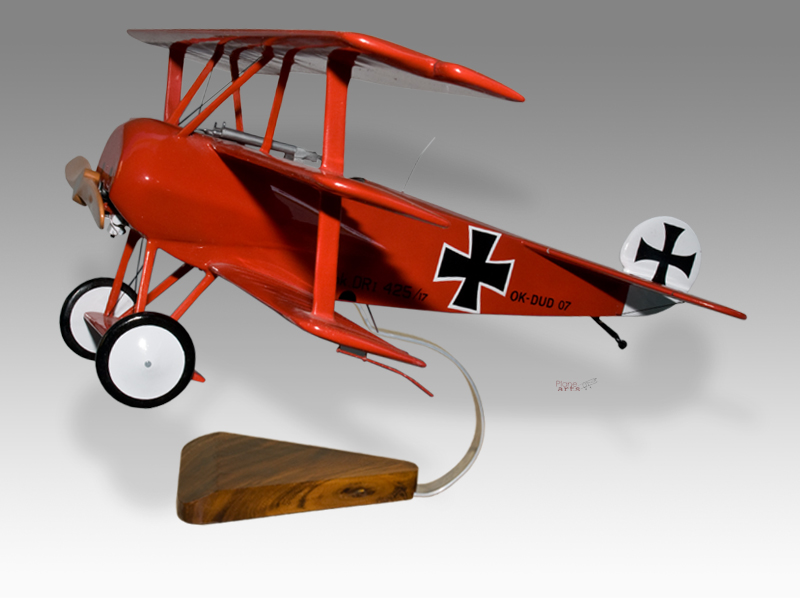
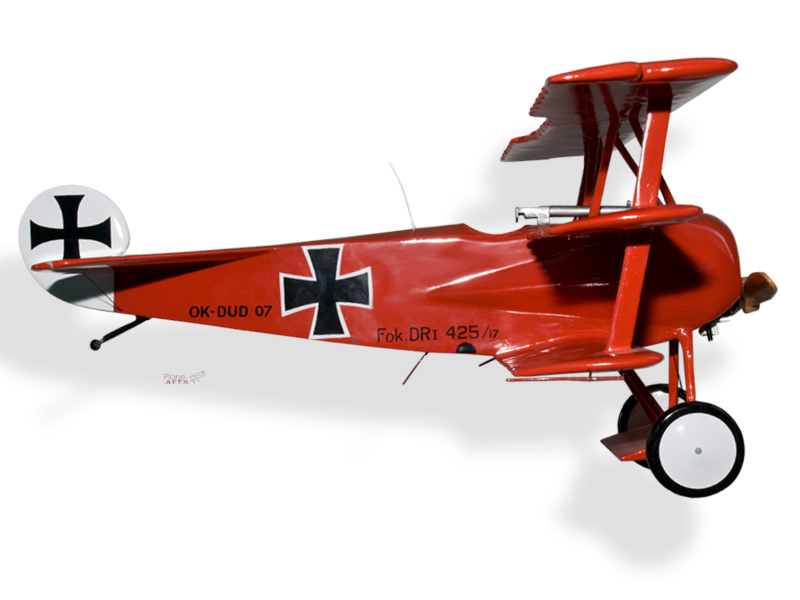
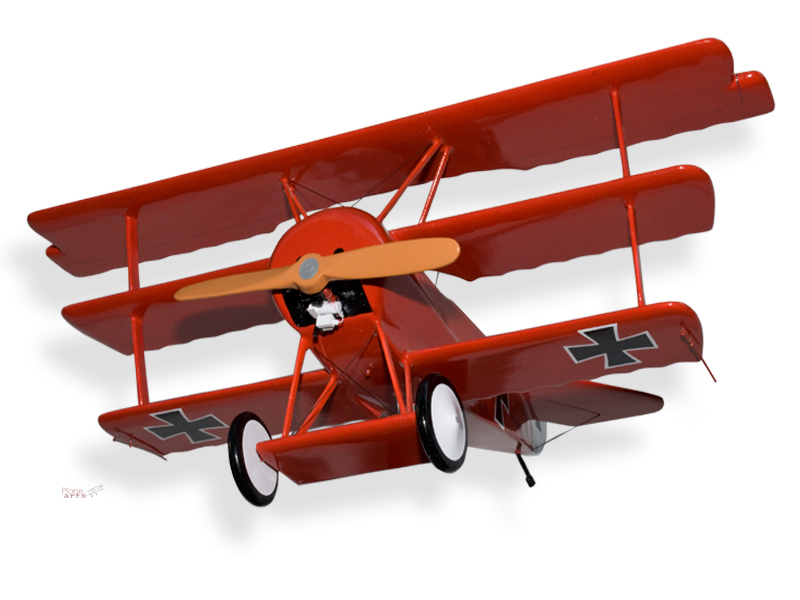
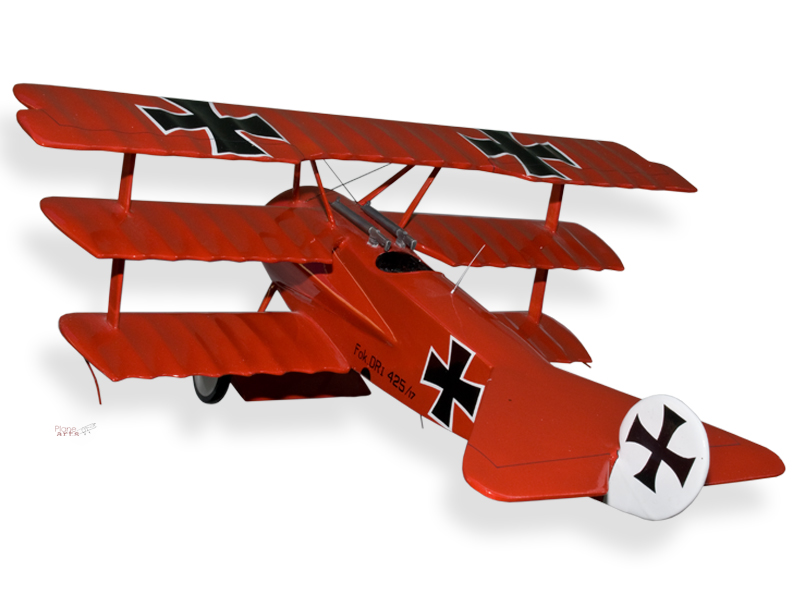

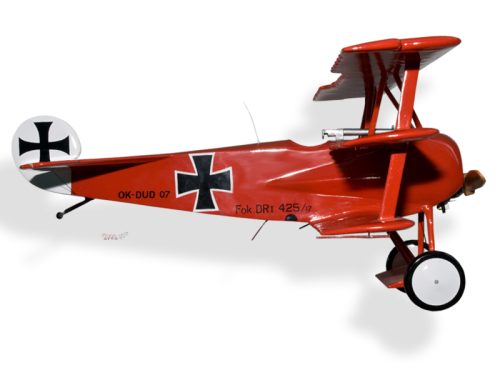
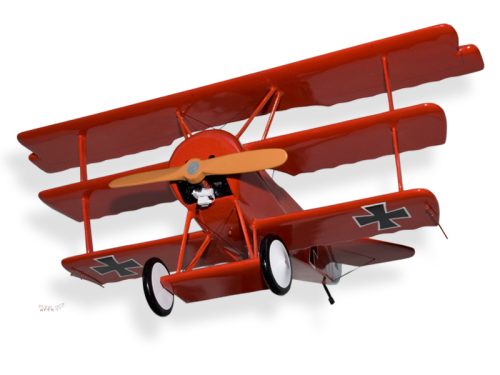

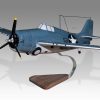
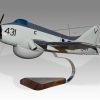
Reviews
There are no reviews yet.